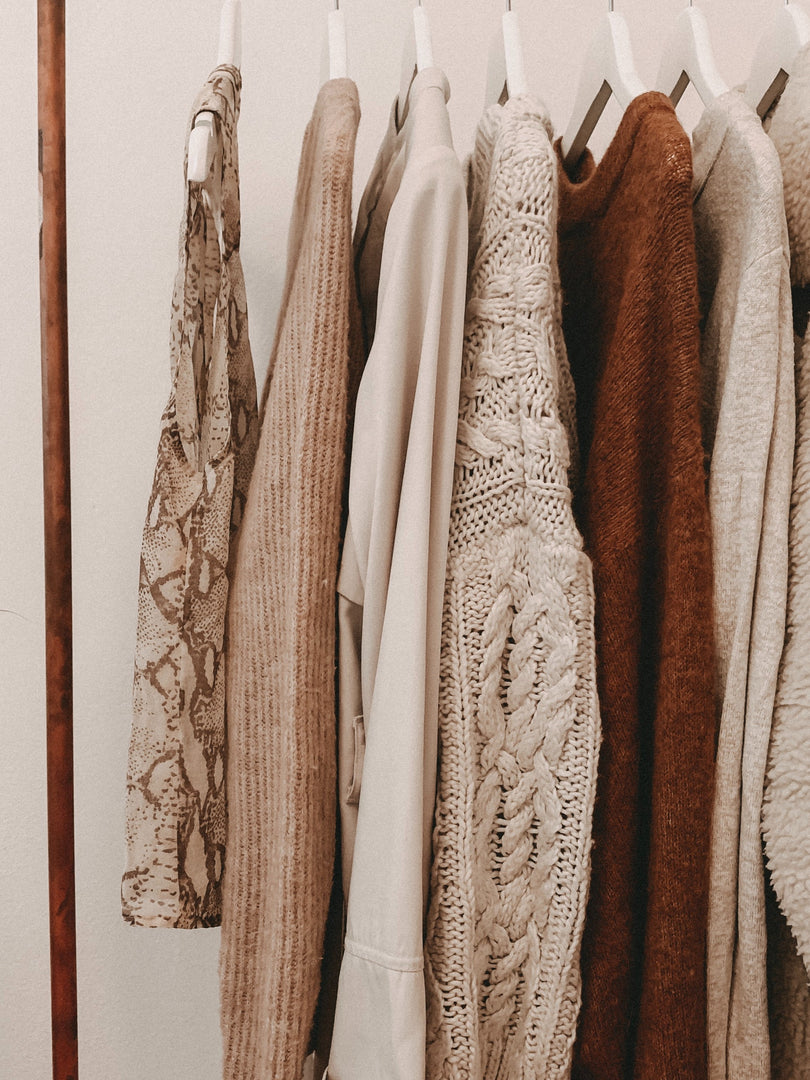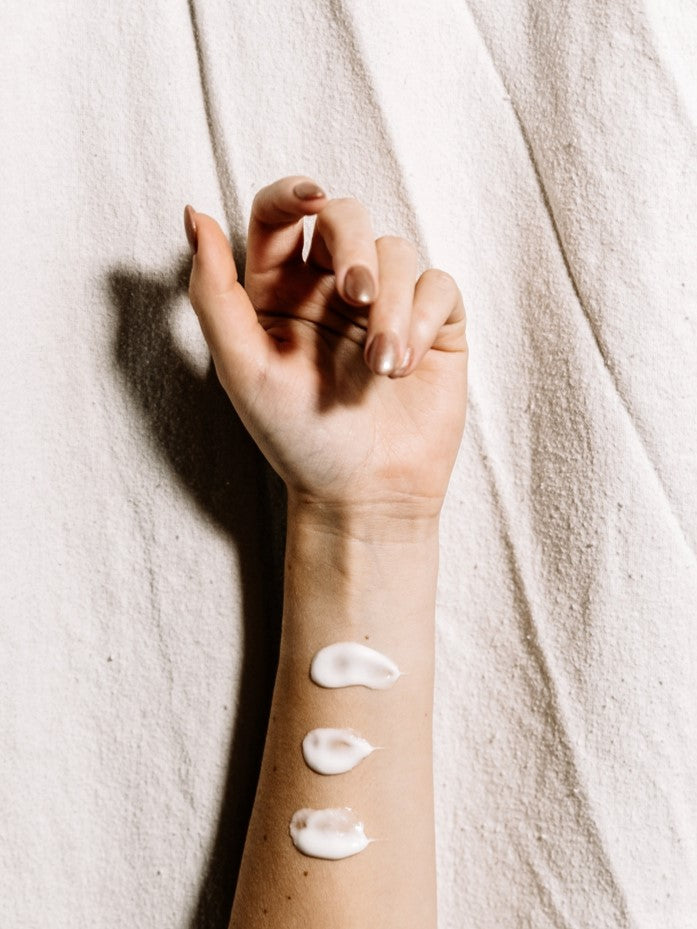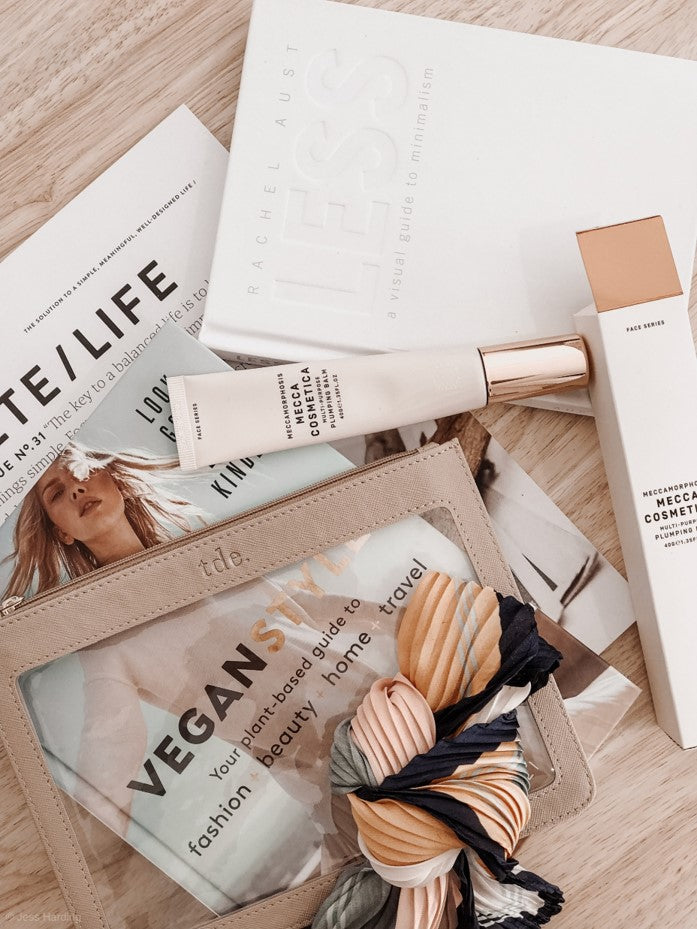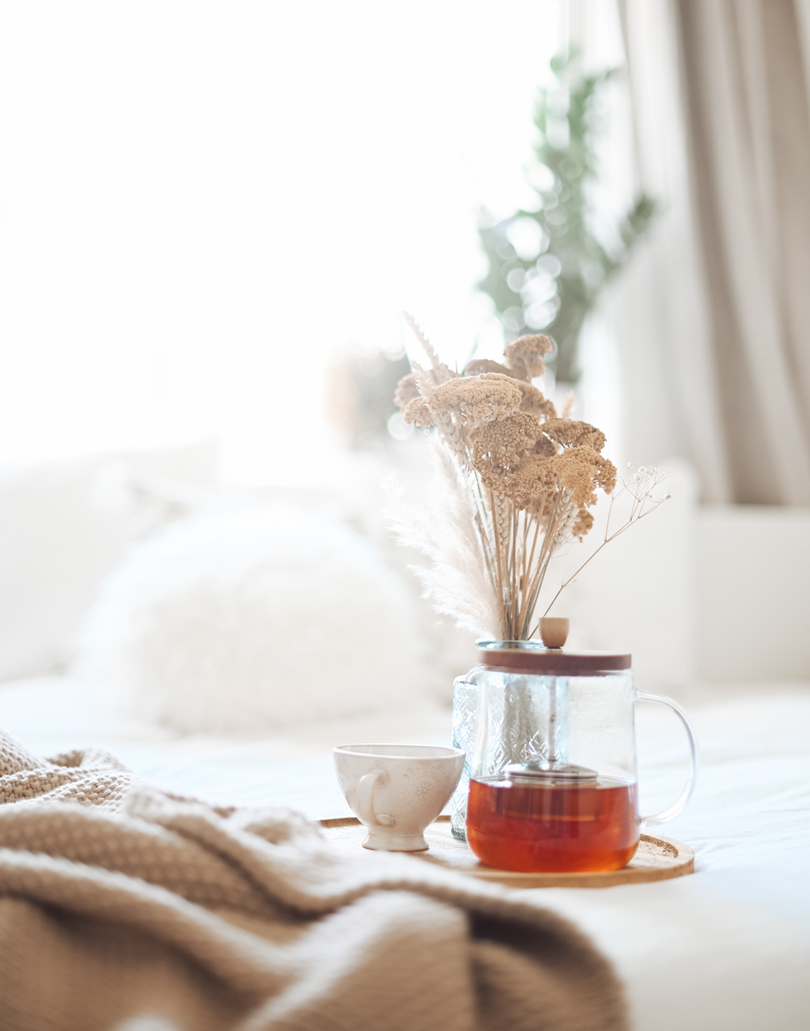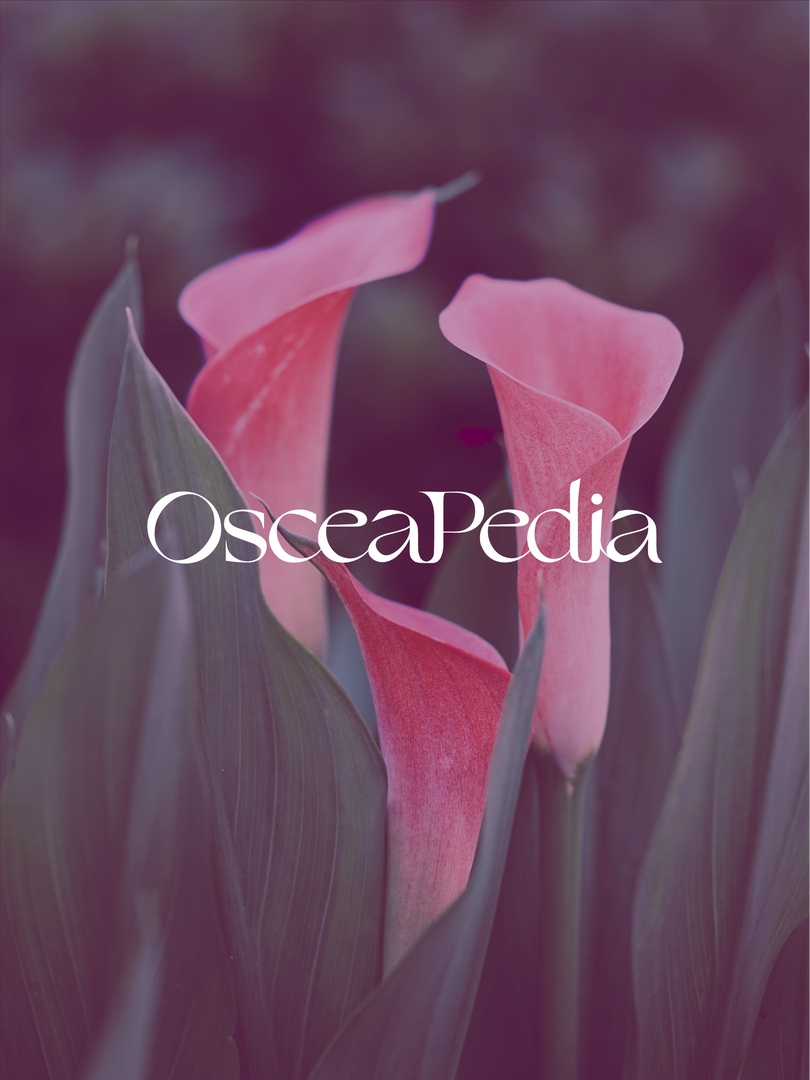Beauty and personal care products are an important category to consider as we apply chemicals and ingredients directly to our skin (our body’s largest organ) multiple times a day, everyday. Due to lack of regulation, specifically in the United States, these ingredients can unfortunately contain toxins and excess plastics harmful to our health and the environment. According to a recent EWG study, the average American woman uses 12 beauty products per day consisting of 168 chemicals, while the average American man uses 6 personal care products per day consisting of 85 chemicals. 12.2 million adults or 1 in 13 women and 1 out of 23 men are exposed to harmful carcinogens in their everyday beauty and personal care routines according to EWG.
Chemicals are oftentimes tested for safety in a vacuum and ignore the cumulative effects of multiple product usages for extended periods of time– essentially creating a toxic body burden that your organs can’t keep up with in terms of its natural detoxing pathways. It is up to you to limit your chemical exposures and while that can seem completely overwhelming at first, we’ve put together a quick start guide for you, focusing only on the top priorities that matter most.
- Go Fragrance-Free!
- Reduce Plastic
- Say ‘no’ to parabens!
Go Fragrance-Free!
The first step to take in order to detox our beauty routines is looking for products with Fragrance-Free certifications or labels. The biggest problem is typically not fragrance itself, but that it is used as an umbrella term. The requirement to list out all ingredients on a label exempts both fragrance and flavors. This means the US has no regulation on fragrance, so the term can include hundreds of unlisted chemicals. This not only allows companies to hide toxic chemicals on an ingredient label, but also makes it difficult to look for different allergens or irritants because they may be absent on the label. The Campaign for Safe Cosmetics and the Environmental Working Group teamed up to study and analyze different popular fragrances on the market today. The results found the average fragrance contained 14 chemicals not listed on the label, and among these hidden chemicals, 66% have not been assessed for human safety. Fragrances are known for being expensive and may feel luxurious but why spend your hard earned dollars on a plethora of endocrine disruptors and petrochemicals that come with each bottle. Endocrine disruptors are chemicals that mimic human estrogen and this can cause hormone related cancers, reproductive disorders, and immune disorders. This fragrance loophole unknowingly exposes us to hundreds of chemicals everyday that we are unaware of the health repercussions.
Immediate Action Steps:
- STOP wearing perfume. Instead opt for a non-toxic natural fragrance option.
- Look at the labels of your shampoo, conditioner, bodywash, deodorant, lotion, all cosmetics, feminine hygiene products and if you see the words “fragrance”, “perfume”, or “parfum” don’t use it. Instead choose products that use essential oils or are completely synthetic fragrance free.
- Look for the official ‘Fragrance-Free certification’ labeled on your cosmetics and personal care products.
Reduce Plastic
The next step to a truly clean beauty routine is reducing the amount of single use plastics. The use of plastic packaging in beauty products is only getting worse, as the beauty industry is expected to nearly double its profits by 2030. Plastic does not break down quickly enough to keep up with the consistent repurchasing and disposal of plastic packaged beauty products. A study by GreenPeace USA found that only 2 out of 7 types of plastics can actually be recycled, and the beauty industry commonly uses the other 5. Of the 7 million tons of global plastic waste created, just a mere 10% was recycled. Even when plastic is recycled, it only breaks down into small particles called microplastics that pollute our rivers and oceans. A recent study even found microplastics in the placenta of newborn babies. While the problem does not rest solely on the beauty industry, a large portion of it does, and it is our job as consumers to reduce the amount of plastic packaging we purchase. Not only is the environment hurting, but plastic packing can actually leach toxic chemicals into our beauty products as well. In a recent study that tested many everyday plastic products, including shampoo and conditioner bottles, it was found that every product tested had leached chemicals like BPA and phthalates from the plastic to the product. With over 4,000 chemicals being used in some plastic packaging, this is a detrimental factor to consider.
Immediate Action Steps:
- Choose products that offer reusable bottles and containers where you purchase the refill contents (usually in eco-friendly biodegradable packaging) and simply refill your bottle or container.
- Use shampoo bars and hand soap bars
- Use the toothpaste in pill form
- Buy things that are in glass bottles or metal containers.
- For example, Kjaer Weis offers an incredible stainless steel reusable container for their foundation compacts.
- Stop using disposable beauty tools like razors and ineffective skincare gadgets.
- Swap to reusable menstrual cups, pads, and period-proof underwear
- Keep plastic bottles away from sources of heat, like a hot shower, as that increases the chemical leaching into the product.
Say ‘no’ to parabens
Another issue dirtying our beauty routines are synthetic preservatives. While preservatives are important as they lengthen the lifespan of our favorite products and fight bacterial and mold growth, the toxicity of chemical preservatives used in cosmetics is out of control. The first group of synthetic preservatives to avoid are parabens. Parabens have been used widely in cosmetics as a preservative but have been proved by scientists to be destructive to the human body. They have endocrine disrupting properties, harm female and male reproductive organs, decrease sperm count in men, and decrease birth weight of newborn babies. Parabens mimic estrogen which disrupts the body's natural hormone functionality. They have been known to bioaccumulate in the body due to repeated life long exposure, so eliminating parabens from our routines is crucial. In 2016, a study done by HERMOSA intervention found that specific paraben levels in the urine dropped by 45% after just a few days with 0 parabens. Fortunately, finding products without parabens is becoming easier as this alarming information becomes widely spread. Another synthetic chemical used as a preservative is formaldehyde. Formaldehyde is commonly found in our nail polishes, hair products, and even our eyelash glue. It has short term effects of eye, nose, and throat irritation and can cause skin rashes. Long term effects are more serious as formaldehyde has been named a known carcinogen. Various types of formaldehydes are used in cosmetics such as methylene glycol and paraformaldehyde. Formaldehyde releasing preservatives such as diazolidinyl urea and quaternium-15 are also common. If you spot any of these and more, it is best to put the product aside.
Immediate Action Steps:
- You are probably not a chemist (unless you are…good for you!) and reading labels can be time consuming and difficult. Use an app like EWG’s Healthy Living App to quickly search for a product and get immediate and specific feedback regarding harmful ingredients in the product. It looks at allergens, cancer causing carcinogens, and developmental endocrine disrupting ingredients and displays the information in a clear and simple way for you to review.
- Look for harmless and natural preservatives on your cosmetics labels like benzyl alcohol and sorbic acid. Also, derivatives of apple cider vinegar can work.
- Make a fresh batch of your own DIY products when you can and avoid synthetic preservatives all together. This is most popular with hair and face masks, hand and body soaps, as well as moisturizers.
Start by implementing the actions items above and you will be off to a great start with detoxing your entire beauty routine. Remember to follow the 80/20 rule and pick your poison where it makes sense. If you must have that nail polish, then go for it, but consider reducing your toxic exposure in other areas of your routine.
Sources:
- https://www.ewg.org/what-are-parabens
- https://www.safecosmetics.org/get-the-facts/chemicals-of-concern/formaldehyde/
- https://www.ewg.org/news-insights/news/2004/12/exposures-add-survey-results
- https://www.ewg.org/research/not-so-sexy
- https://www.safecosmetics.org/fragrance-disclosure/get-involved/fragrance-ingredient-disclosure/
- https://www.plasticpollutioncoalition.org/blog/2022/1/25/the-ugly-side-of-beauty-the-cosmetics-industrys-plastic-packaging-problem
- https://www.greenpeace.org/usa/wp-content/uploads/2020/02/Greenpeace-Report-Circular-Claims-Fall-Flat.pdf
- https://www.sciencedirect.com/science/article/pii/S0160412020322297
- https://pubs.acs.org/doi/10.1021/acs.est.1c01103
- PMC7998485


